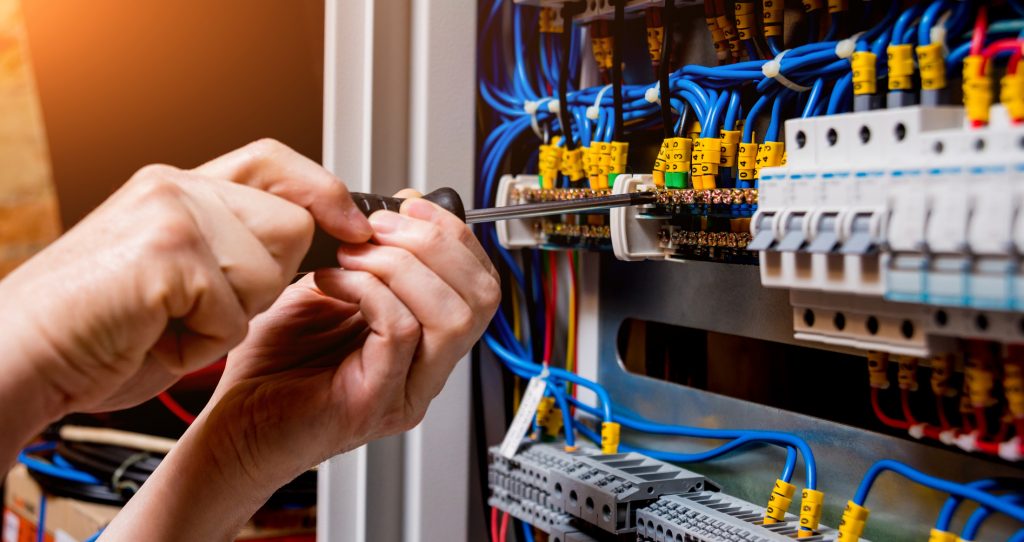Although the rewards are several, they come with responsibilities for the safety of general society and the electrician. An individual who wishes to be an electrician ought to be willing to comply with the codes as well as the safety rules created to protect the general population. Similarly, one needs to have a wide understanding of the responsibilities of an electrician as well as his work context.
Job description
An electrician provides electrical equipment repair services to businesses and homes. He is responsible for setting up and maintaining fuses, electrical outlets and other sections involved in electricity stream. An electrician can specialize in either construction or maintenance. He should be able to contemplate blue prints and maintain data, video and voice wiring. Companies often hire electricians to undertake installation of electrical equipment. Usually, they use both power tools, for example, saws and penetrates and hand tools like wire strippers, pliers and screwdrivers.

Caution
Electricity can be life threatening if not channeled or handled properly. The most harmful hazard an electrician can encounter is electrical stun, which can at times cause death. Other job hazards include falls when climbing scaffolds and ladders or injuries from cuts while using sharp tools like knives or saws. An electrician should comply with safety rules associated with working with electricity. Likewise, he is responsible for providing public safety by following regulations or codes that have been instituted pertaining electrical appliances and electricity. It is necessary that electricians follow state, local codes as well as national electrical codes.
Types of electricians
Tips for electricians are of three major types namely factory, maintenance and construction. Normally, an electrician concentrates on only one major area however some function in both the maintenance and construction field. Construction electricians set up wiring systems to new constructions, for example, factories, businesses and homes. They also set up electrical outlets, breaker boxes and other electrical system components. On the other hand, maintenance electricians are in charge of repairing, replacing and inspecting wiring systems. The tasks involve troubleshooting for electrical faults, replacing faulty wires or other components, for example, light switches, electrical outlets and breaker boxes. Factory electricians troubleshoot, install and undertake maintenance tasks on motors, industrial robots, electrical generators and controls on machinery.
Educational requirements
To become an electrician, you need to register in an apprenticeship program. The program combines on-the-job training with classroom instruction under the supervision of qualified electricians. To register in such a program, you ought to have a GED or secondary school diploma. Additionally, you should be at the very least 18 years of age. Generally, these apprenticeship programs last for four years. They include 144 hours and 2000 hours of classroom instruction and on-the-job training every year respectively.